Solid-state batteries are expected to transform the EV experience, but official timelines suggest that users will have to wait a little longer. According to a technology map for energy-saving and electric vehicles published by the China Automotive Engineering Association, all-solid-state batteries are expected to see small-scale applications only from 2030 and become mainstream around 2035, when performance, cost, and environmental adaptability are more in line with user needs. Meanwhile, Xinwangda introduced its first generation of solid-state polymer batteries with an energy density of 400 Wh/kg, but the company's leadership remains cautious about early industrialization milestones like 2027.
Milestone 2030–2035: forecast from China Automotive Engineering Society
The new technology roadmap highlights a cautious development path for all-solid-state batteries. Specifically:
- From 2030: small-scale applications begin.
- Around 2035: the technology is expected to be globally popular, thanks to a better balance between overall performance, cost and durability in a variety of environmental conditions.
These milestones show that the journey from research to commercialization still has many transitional steps, especially in optimizing materials, safety and production costs.
Xinwangda's 400 Wh/kg solid polymer battery
At the Renewable Energy Battery Industry Development Conference on October 23, Mr. Xu Zhongling, Director of the Central Research Institute of Xinwangda Energy Technology Co., Ltd. (China), introduced a solid polymer battery product called “Xin Bich Thien”. This is the company’s first generation of solid batteries, achieving an energy density of 400 Wh/kg.
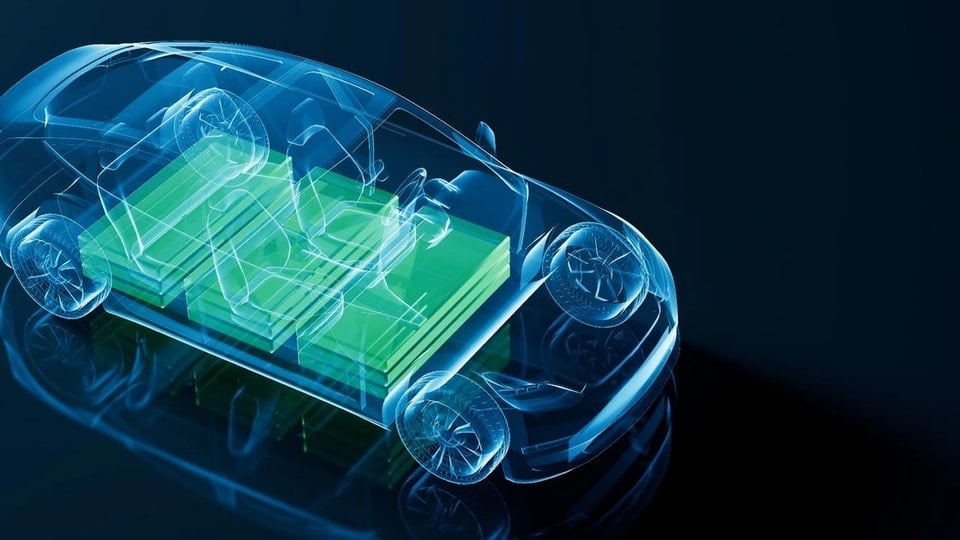
This level of energy density shows the potential to increase the operating range of electric vehicles if deployed on future commercial products. However, the manufacturer still emphasizes that the actual development roadmap must follow the rules of the commercialization process.
Mass production: cautious with the 2027 milestone, coexist with liquid lithium batteries
Liang Ruo, deputy general manager and chief strategy officer of Xinwangda, said that solid-state batteries could start trial production after 2030, but would coexist with liquid lithium batteries for a long time. He said that statements from some Japanese and American companies about the industrialization milestone of 2027 were “a bit overconfident”.
This view is consistent with the reality of battery technology development: legacy platforms such as lead-acid batteries have coexisted with new generations of batteries for more than 100 years. With solid-state batteries, a full transition will take time to address challenges in materials, supply chains, and reliability testing across multiple operating scenarios.
Meaning for electric vehicle users
On the current roadmap, users can expect the first solid-state battery applications on a limited scale after 2030, before seeing the technology more widely available around 2035. During the transition period, the market is likely to continue to rely on liquid lithium batteries, while solid-state batteries are gradually tested, refined and expanded in application range.
This means that electric vehicle models in the next few years will continue to optimize current battery technology in parallel with solid-state battery research, instead of having an immediate leap in operating range or charging speed just by changing battery technology.
Summary of key milestones and facts
| Landmark/Information | Detail |
|---|---|
| 2030 | All-solid-state batteries are expected to have small-scale applications (according to the China Automotive Engineering Society) |
| 2035 | Technology expected to be globally popular; performance, cost, environmental adaptation more suitable |
| October 23 | Xinwangda introduces “Xin·Bich Thien” solid polymer battery |
| Energy density | 400 Wh/kg (according to Xinwangda) |
| Production roadmap | After 2030, trial production may begin; coexist with liquid lithium batteries |
| Milestone 2027 | Considered “a bit overconfident” when talking about industrialization (Xinwangda's view) |
Conclude
New information suggests that the era of solid-state batteries in electric vehicles will arrive in an evolutionary way: starting on a small scale after 2030 and becoming widespread around 2035. Although a 400 Wh/kg solid-state polymer battery product has been announced, industry insiders are cautious about the early industrialization milestone and believe that solid-state batteries will coexist with liquid lithium batteries for a long time. This is a roadmap that is consistent with the development laws of battery technology and supply chains.
Source: https://baonghean.vn/khi-nao-pin-ran-that-su-xuat-hien-tren-xe-dien-10309509.html


![[Photo] Draft documents of the 14th Party Congress reach people at the Commune Cultural Post Offices](https://vphoto.vietnam.vn/thumb/1200x675/vietnam/resource/IMAGE/2025/10/28/1761642182616_du-thao-tai-tinh-hung-yen-4070-5235-jpg.webp)
![[Photo] Flooding on the right side of the gate, entrance to Hue Citadel](https://vphoto.vietnam.vn/thumb/1200x675/vietnam/resource/IMAGE/2025/10/28/1761660788143_ndo_br_gen-h-z7165069467254-74c71c36d0cb396744b678cec80552f0-2-jpg.webp)
![[Photo] National Assembly Chairman Tran Thanh Man received a delegation of the Social Democratic Party of Germany](https://vphoto.vietnam.vn/thumb/1200x675/vietnam/resource/IMAGE/2025/10/28/1761652150406_ndo_br_cover-3345-jpg.webp)





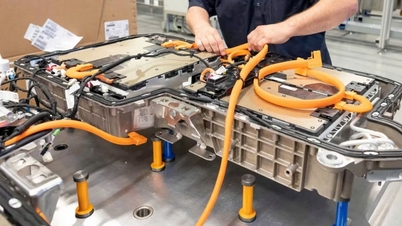
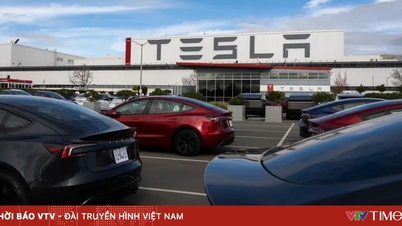


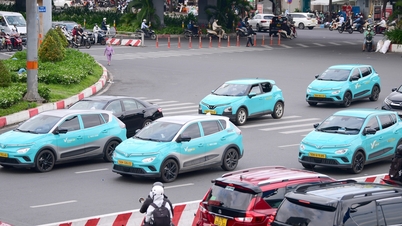











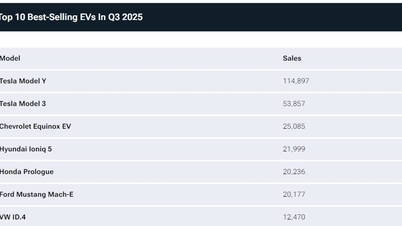




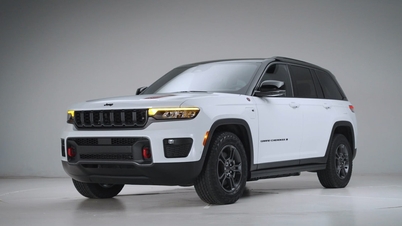


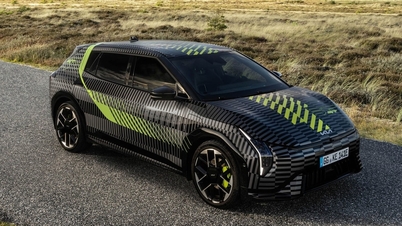
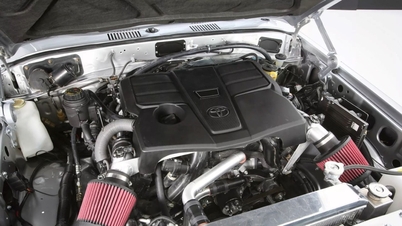
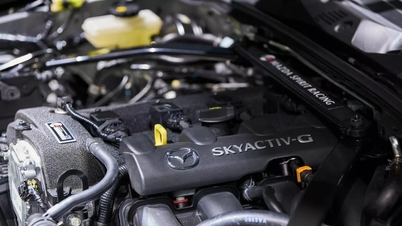
![[Photo] President Luong Cuong attends the 80th Anniversary of the Traditional Day of the Armed Forces of Military Region 3](https://vphoto.vietnam.vn/thumb/1200x675/vietnam/resource/IMAGE/2025/10/28/1761635584312_ndo_br_1-jpg.webp)















































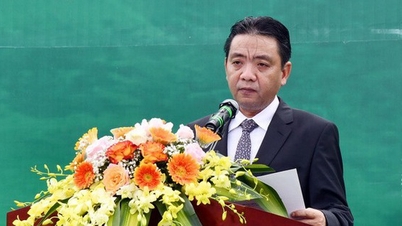


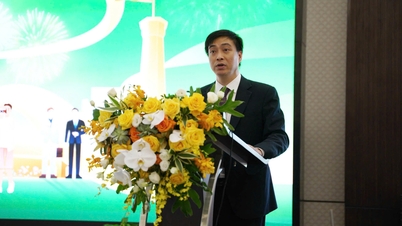







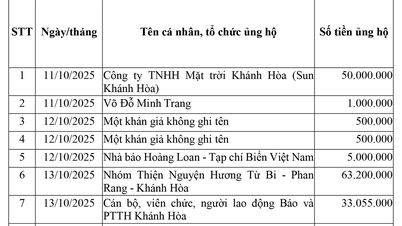

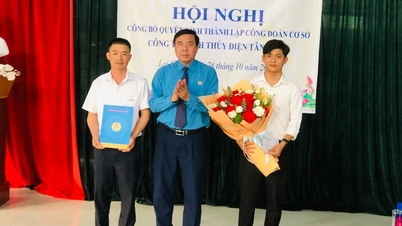
















Comment (0)